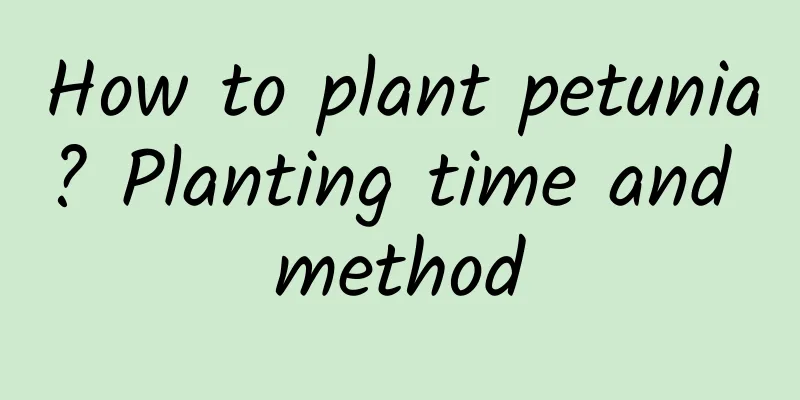Effects and benefits of Kanuma soil on flowers and plants

|
Kanuma soil originates from the volcanic area around Kanuma City, Japan. It is a mineral soil formed by the natural deposition of volcanic ash. In terms of origin and formation, Kanuma soil is a mineral planting material very similar to Akadama soil . The main components of the two are not much different, it's just that Akadama soil has a higher iron content and is therefore red, while Kanuma soil has a higher calcium and aluminum content and is therefore light yellow. Characteristics of Kanuma SoilKanuma soil is a type of soil formed by volcanic ash deposition. Due to its special geological characteristics, the pores inside Kanuma soil are relatively large, showing a distinct layered structure, which makes the particles of Kanuma soil have a certain degree of elasticity. As the succulent roots grow, they squeeze the surrounding soil particles, which is the main reason for the pulverization of soil particles. After all, the succulent roots are not like human fingers, which can crush the Kanuma soil by pinching , but slowly apply pressure to the Kanuma soil particles. Effect of Kanuma soilDue to its loose structure, Kanuma soil can easily adapt to this slow pressure method and will not break up due to the growth of the root system. On the contrary, the harder Akadama soil will be more powdery in the flower pot than Kanuma soil. Kanuma soil has good air permeability and many tiny holes on the surface of the particles. It is more suitable for some succulent varieties with strong vitality and resistance to barrenness, such as Hime Oborozuki, Onii-Hina, and Kagome . And during use, the potting soil should be kept dry and not damp. However, Kanuma soil also has its disadvantages, that is, its hardness is low and it is easy to powder over time, so it is necessary to repot the succulents after a period of time. |
<<: How to plant watermelon seeds after germination? How to sow watermelon seeds after germination
>>: How does a mage cultivate old piles of succulent plants? How does a mage cultivate old piles?
Recommend
Treatment of black rot of Silent Night
Causes of Silent Night Black Rot Black rot Black ...
What is the difference between Panax notoginseng and Panax notoginseng
1. Origin of the name You know what, this name is...
How to grow dahlia well
Growing conditions of jasmine The jasmine flower ...
What to do if succulent plants melt water
Succulent water Simply put, water erosion is when...
Diseases and prevention methods of Jade Dew
Common diseases of Jade Dew: root rot This is due...
The language and legend of azalea
The language of azalea One of the flower language...
When is the best time to plant iris seeds?
Iris seed planting time Iris is a perennial plant...
What is the scientific name of coriander and what are its benefits?
1. Scientific Name Its Chinese name is coriander,...
Can geraniums be exposed to rain? Can they be exposed to rain in summer?
Geranium can survive the rain, but it is best not...
What to do if hyacinth leaves turn yellow
1. Regulate moisture (1) Specific reasons: Too mu...
Strawberry planting methods and management techniques
Strawberry is well-known for its high economic va...
Cultivation and management techniques of hydrangea
Water and fertilizer management Hydrangeas like f...
How to grow butt flower quickly
Butt flower growing conditions When planting the ...
How to eat wax apple? Can the core of wax apple be eaten?
1. How to eat 1. Wash the wax apple thoroughly be...
How to prune white spiderwort
1. Early Growth In the early stages of growth, th...









